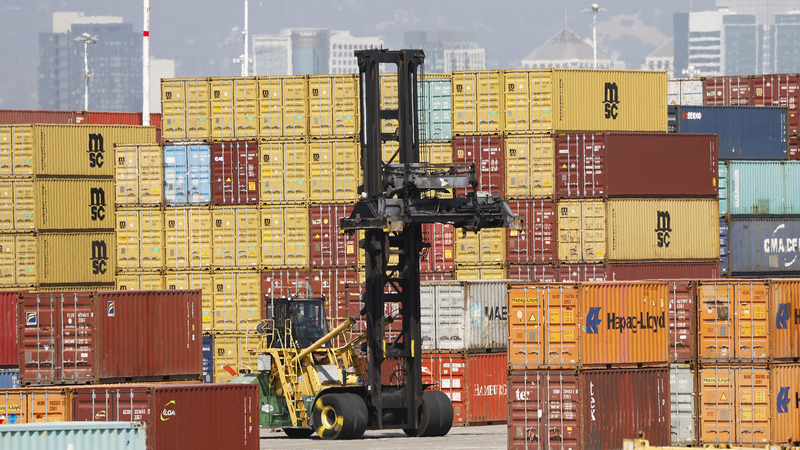Trade relations between the United States and Canada have reached a new flashpoint as Washington prepares to impose 35% tariffs on Canadian imports starting August 1. This latest move comes after Canada retaliated against existing US steel and aluminum tariffs with its own 25% surcharge, creating a ripple effect in North American trade dynamics.
The dispute intensified when Canada's Department of Finance announced expanded steel import quotas and additional surcharges on July 16, specifically targeting Chinese-origin steel processed through third countries. Zhou Jianjun, an economics researcher at Zhejiang University, observes: "This tariff war represents an outdated approach to global trade that ultimately harms businesses and consumers on both sides of the border."
Analysts note the conflict carries significant implications for manufacturers and investors. Canada remains the largest supplier of steel and aluminum to the US market, with bilateral trade worth $714 billion in 2022. The escalating measures threaten to disrupt supply chains and increase production costs across multiple industries.
While negotiations continue between Ottawa and Washington, business leaders urge both governments to seek cooperative solutions. The standoff highlights growing challenges in maintaining stable trade relationships amid shifting economic priorities and global market pressures.
Reference(s):
cgtn.com








